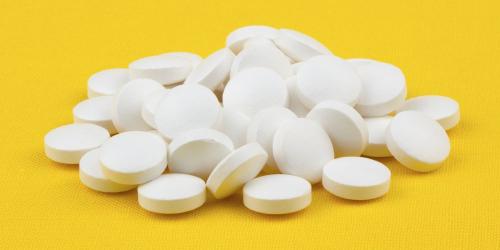There are not 1000 reasons to learn the actions that save , there is only one: everyone, at any time, may be faced with an accident situation or a simple malaise, family, friends, road users, etc.
Throughout the summer, swimmer Alain Bernard went on tour (with Red Cross volunteers) to the heart of Homair campsites to educate children and adults about first aid. The opportunity to ask him what his precious advice was.
How to use an external automatic defibrillator?
An AED is very simple to use, just turn it on and listen to the instructions that are listed to apply the electrodes and deliver the shock if needed. There are now in almost all public places and businesses and it can really save a life.
Note that there is also the DSA for Semi Automatic Defibrillator which advises the user to deliver the shock.
Even in panic, do not be afraid to use DEA and DSA, the whole protocol is perfectly described. And in writing (in 2 languages) but also in a sound way.
Finally, these devices are used only on an unconscious person, a person who has a cardiac arrest.
What to do to help an unconscious person?
If a person is unaware that she is breathing, she is placed in a lateral safety position (PLS). If the person does not breathe, it is necessary to practice cardiac massage.
A conscious person who stays on the back can choke on swallowing his tongue or vomiting ... That's why you have to put it on your side. Then ask the victim (speaking loudly) to open your eyes and shake your hands
right and left.
And in any case, it is necessary to prevent the relief and to give them a description as fair as possible of the situation.
Attention again, the lateral safety position (PSL) is only practiced if the victim is conscious.
What if we witness a choking?
There is a method called Heimlich's technique of getting behind the victim and compressing the upper abdomen with the fist to evacuate the foreign body causing suffocation. This allows the release of the airways in both adults and children.
Lift the person if seated.
What to do if you experience cardiovascular discomfort?
First of all, it is necessary to put the victim in safety, away from all danger: circulation, possible falls of objects, etc ... A reflex primordial not to aggravate the giving them the maximum of precise elements on the situation.
Then you have to check if the person is still conscious and provide continuous cardiac massage. The right rhythm? Supported and apply pressure on the rib cage about 4 to 5 cm.
Witness an accident never forget to notify the firefighters (18 or 118).
Visit the Red Cross website to discover all the first aid trainings.

Alain Bernard during his awareness tour
first aid
in Homair camping.


